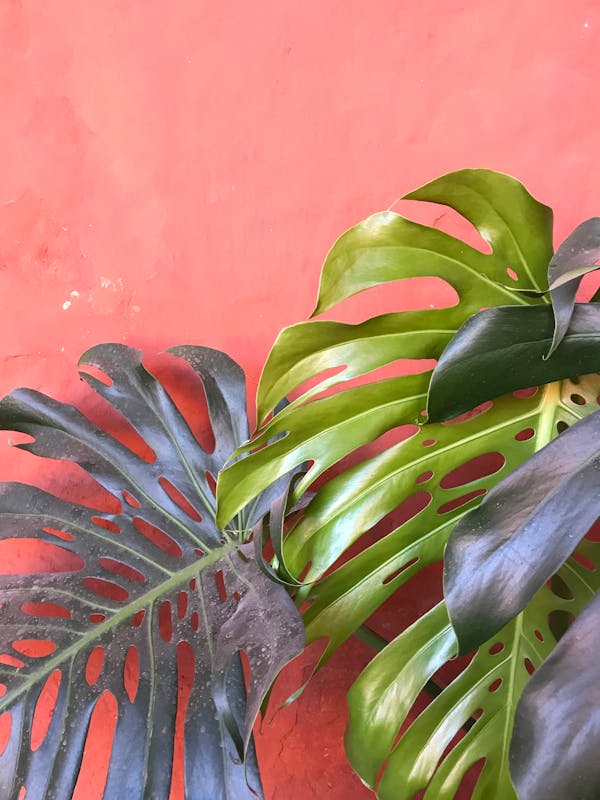
The origin of the Monstera: A tropical pearl in the home
Share
The Monstera, also known as the Swiss cheese plant, is one of the most popular houseplants of the moment. But did you know that this special plant originates from the tropical rainforests of Central and South America? In this blog, we delve into the fascinating history and origins of the Monstera and discover why this plant has become so beloved all over the world.
The origin of the Monstera
The Monstera is native to the rainforests of countries such as Mexico, Panama, and Costa Rica. In the wild, the Monstera grows as a vine along trees, using its large, iconic leaves to capture sunlight. Its aerial roots allow the Monstera to cling to tree trunks and climb upwards, seeking light in the shaded rainforests.
Why does the Monstera have holes in its leaves?
One of the most striking features of the Monstera is the characteristic holes in its leaves. It is thought that these holes are an adaptation to the tropical climate, where heavy rainfall and strong winds are common. The holes help water and wind to flow through the leaves, preventing them from getting damaged. In addition, the perforated structure allows light to pass through the leaves more easily, allowing the plant itself and the plants below to take better advantage of the limited light in the rainforests.
The Monstera as a symbol of modern interior trends
The Monstera began its rise in interior design in the 1970s, when houseplants became popular in home decor. With its striking shape and tropical look, the Monstera quickly became a popular choice. Today, the plant has become an icon in the modern interior world and can be seen in countless Instagram posts and home magazines.
Closure
With its rich history and tropical origins, the Monstera is more than just a plant – it’s a piece of nature that you bring into your home. Discover our collection of Monstera plants and give your interior a touch of tropical rainforest.
